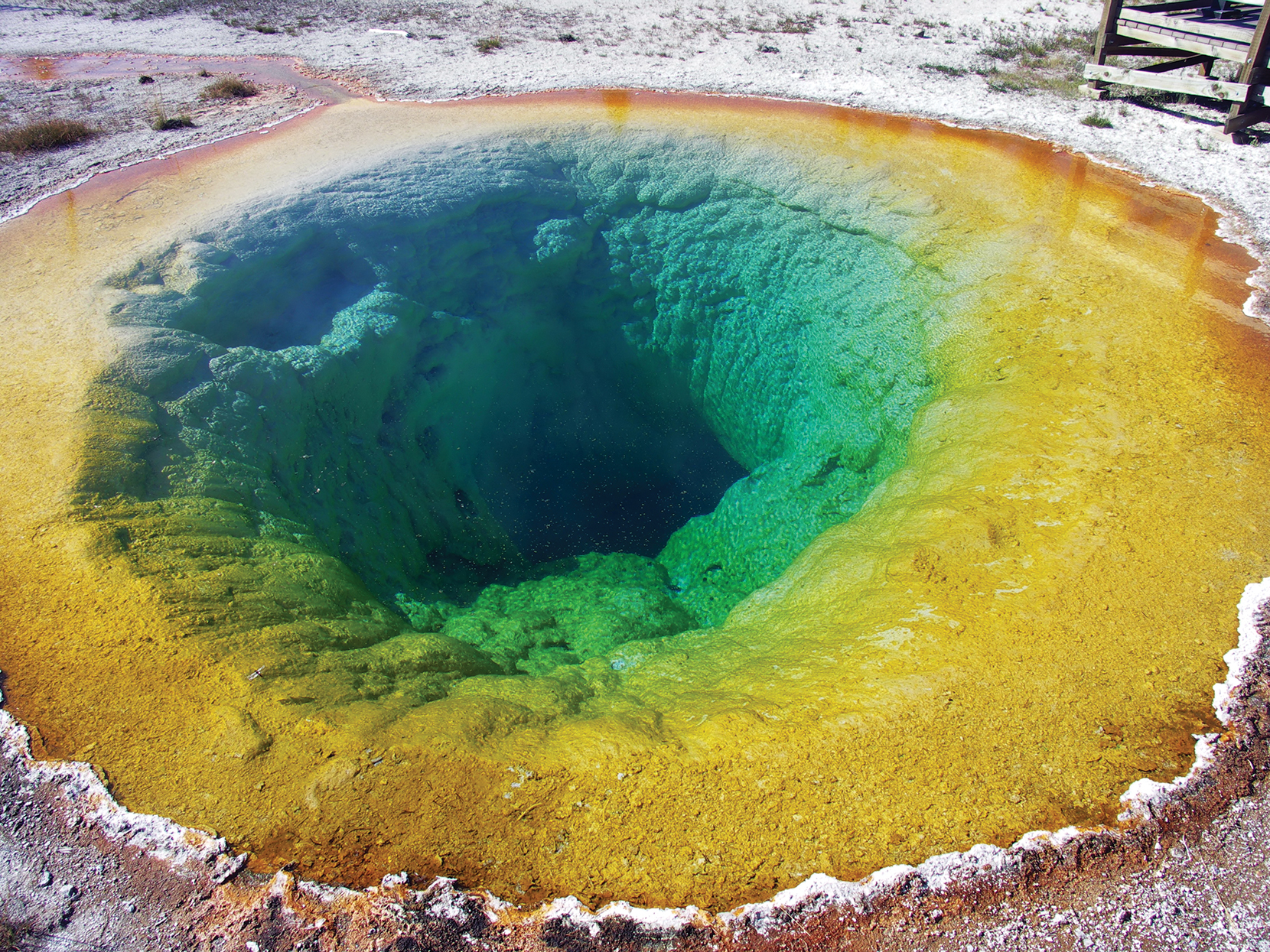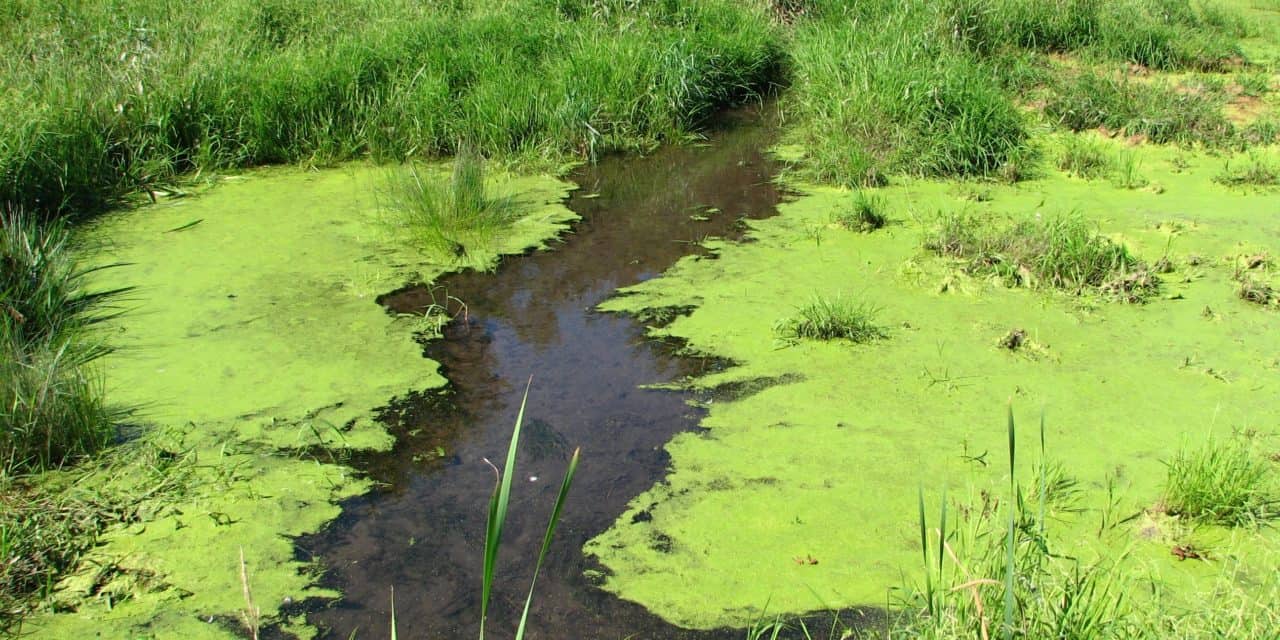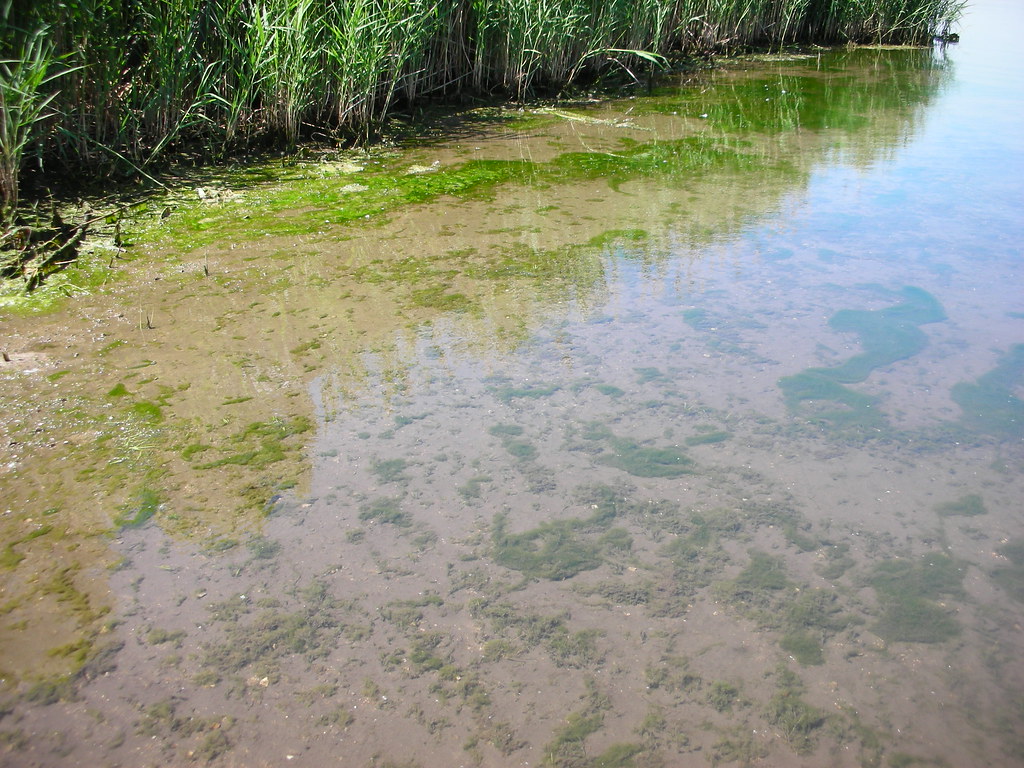
Blue-Green Algae ( Best Information & Guide )
Dealing with Blue-Green Algae your Guppy Tank
There are many different potential problems that you are going to be dealing with when it comes to your guppy aquarium. Most of these problems are minor and can be kept under control. One such problem is blue-green algae but a particular one that can be potentially serious is cyanobacteria.
This is sometimes called slime algae or smear algae. Most often the color is blue/green but it may also appear as brown or black or red.

There will be no mistaking that you are dealing with cyanobacteria as it tends to get out a hand very quickly and as it grows it covers all of the inner parts of the aquarium with super speed. When you disturb it in any way it seems to come off in layers or as sheets.
You will find that a very unpleasant odor is coming from the fish tank and this is the cause of it. To feel it you will find that it is very slimy. If it is left unattended to and continues to quickly grow it will form at the surface of the tank like a foamy looking scum.
There are several potential causes for this type of blue-green algae and one is simply that it could have been introduced to the tank by coming in on something that you have put into the tank like a plant or decor, for example. Another potential cause is having too much light for the tank.
Then if you are not keeping up on cleaning the tank correctly and are not getting rid of the organic wastes this can be the cause as well.
Then it could also be anaerobic conditions that are creating the problem. If you are not familiar with what anaerobic condition is, this is where there is not enough oxygen in the tank. It can be in specific zones in your aquarium such as the inside of live rock or could be underneath the sand or gravel.

It is important that you try and identify the cause even though you are going to correct the problem, as it could return. One thing that you want to keep in mind here is that this is not really a true alga but is an organism that seems to fit in between bacteria and blue-green algae.
You will find that if there are high levels of nitrates or phosphates in the water that you could be developing the blue-green algae because of this as well. Even if you are astute at cleaning your tank and you are developing the blue-green algae it simply could be because your tank is new and it has not had the chance yet to build up the beneficial bacteria that is needed to keep your tank healthy.
Check to see if any of the adverse conditions that create Blue-Green Algae are present. Then you really want to start to tackle this problem as quickly as you can. You want to do your partial water changes and clean your tank well and make sure that you reduce the light. Getting rid of the blue-green algae is not going to be an easy task.
You can physically remove the blue-green algae and make sure that you reduce the nutrients. Clean the inside of the glass and remove the rocks and plants and scrub at them well. You may also want to vacuum the substrate to make sure that you are getting it all.

When you are doing your water change do about a 15 to 20% change and make sure that you leave the lights off for three days then on the fourth day you can turn it back on and do another water change of about 15%. From this point on watch the tank carefully to see if there is any return of the once again blue-green Algae.
If worse comes to worst you could treat the tank with erythromycin but the problem with this is not only will it kill the cyanobacteria but it will also kill the good bacteria that are needed in the tank. The other factor that you must be astute about when using erythromycin is to make sure that you monitor your ammonia and nitrate levels for the next month carefully.
